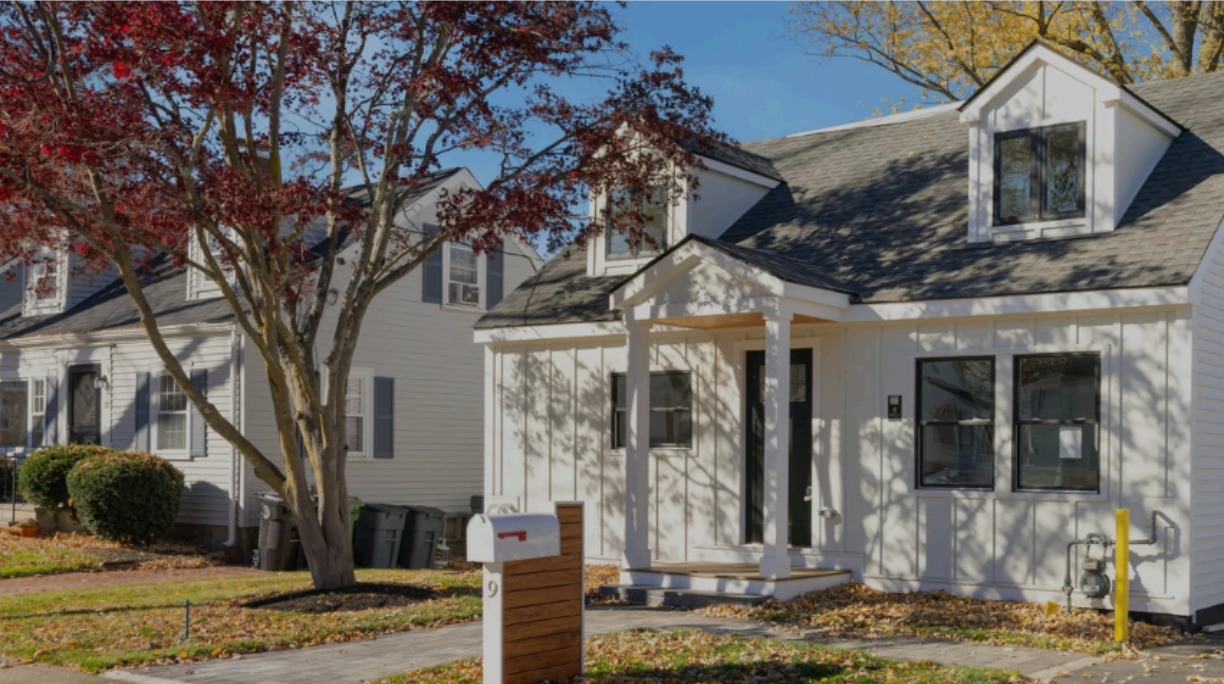Record December Caps Record Year for Canadian Home Sales
Statistics released today by the Canadian Real Estate Association (CREA) show national home sales set another all-time record in December 2020.
Home sales recorded over Canadian MLS® Systems jumped by 7.2% between November and December to set another new all-time record.
Seasonally adjusted activity was running at an annualized pace of 714,516 units in December 2020 – the first time on record that monthly sales at seasonally adjusted annual rates have ever topped the 700,000 mark.
The month-over-month increase in national sales activity from November to December was driven by gains of more than 20% in the Greater Toronto Area (GTA) and Greater Vancouver.
Actual (not seasonally adjusted) sales activity posted a 47.2% y-o-y gain in December – the largest year-over-year increase in monthly sales in 11 years. It was a new record for the month of December by a margin of more than 12,000 transactions. For the sixth straight month, sales activity was up in almost all Canadian housing markets compared to the same month in 2019.
For 2020 as a whole, some 551,392 homes traded hands over Canadian MLS® Systems – a new annual record. This is an increase of 12.6% from 2019 and stood 2.3% above the previous record set back in 2016.





